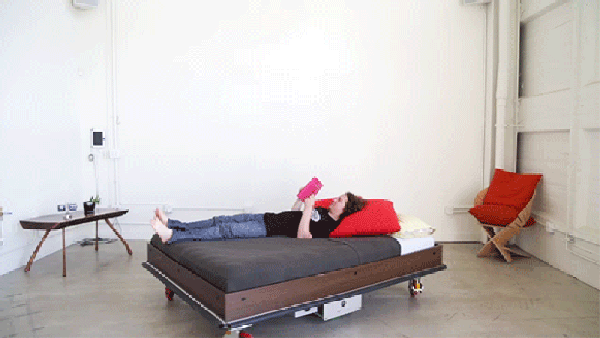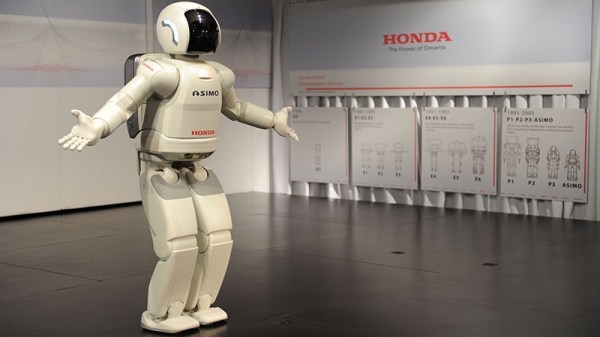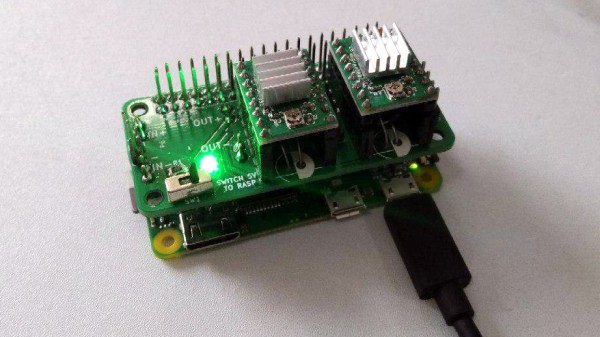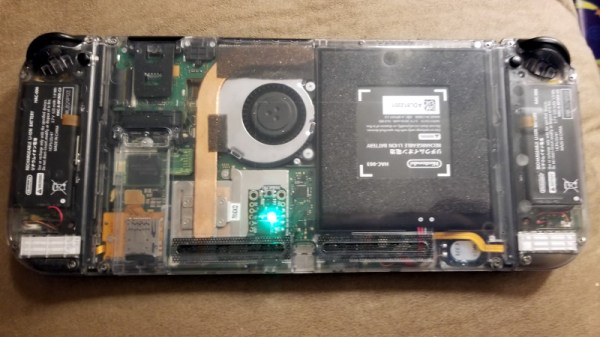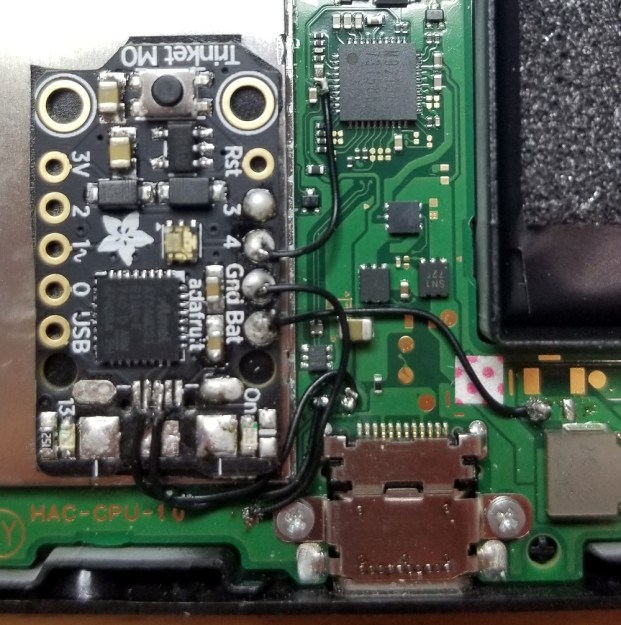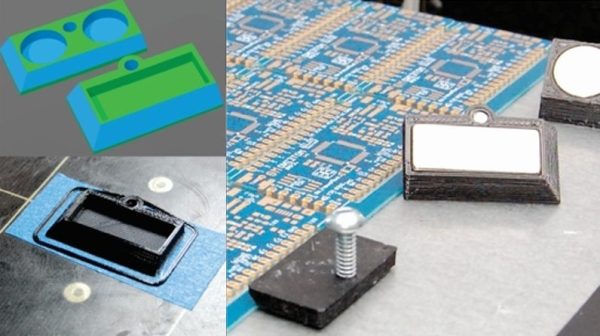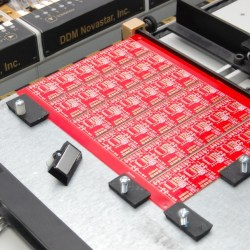Beds! They don’t move around enough, so the young people say. They need more motors, more horsepower, more self-driving smarts – right? Honestly, we’re not sure, but if that’s the question being asked, [randofo] has the answer.
Aptly named, Bedfellow is an art project that sought to create a bed that could explore and socialise with occupants aboard. The core principle was not just to create a bed that could move under its own power, but one that could intelligently drive around and avoid obstacles, too. This is achieved through the use of ultrasonic sensors, with an Arduino Mega as the brains. The bed chooses a random direction in which to move, checking for obstacles on the way. It’s pretty basic as far as “self-driving” technology goes, but it gets the job done.
Far from being a lightweight artistic statement, the bed has some serious performance credentials. The drivetrain is a couple of 4 horsepower DC motors with speed controllers cribbed from a golf cart. These are fed through a 20:1 gear reduction to boost torque and avoid the bed moving too quickly. [Randofo] reports it can comfortably haul 12 people without slowing down, and we don’t doubt it. With that much power, your average flatback bed would be ripped to pieces, but never fear for this one – there’s plenty of heavy engineering holding it together.
It’s refreshing to see an art project executed with both elegant aesthetics and brutally powerful hardware. Sure, it might not be much good for sleeping unless you live in a loft with a concrete floor, but hey – they’re awfully popular these days. Now all it needs are some ground effects.

